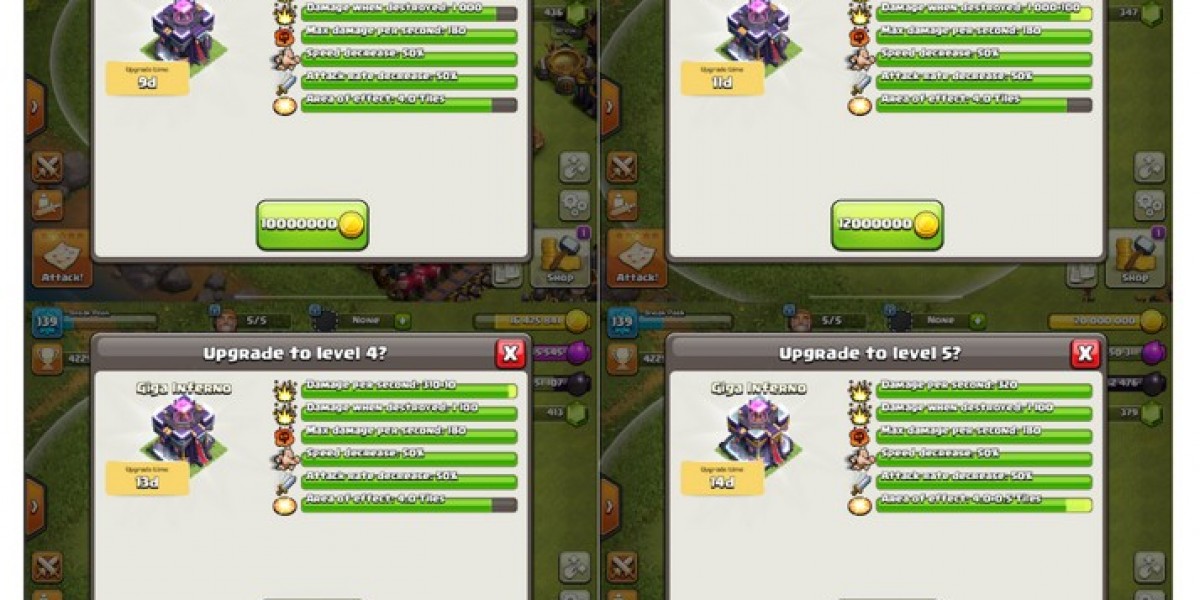Image processing is a challenging yet fascinating field, particularly at the university level where assignments often require a deep understanding of complex concepts. For this blog, we’ll explore a sample assignment question on a tough topic within image processing and guide you through a detailed solution without delving into extensive formulas.
Sample Question
Question: "Discuss the application of image segmentation in medical imaging and describe a step-by-step approach to implement a segmentation algorithm using clustering techniques. Explain the significance of the results in medical diagnostics."
Understanding Image Segmentation
Image segmentation is a crucial technique in image processing where an image is divided into multiple segments or regions. This process helps simplify the representation of an image and makes it more meaningful and easier to analyze. In medical imaging, segmentation plays a pivotal role in identifying and isolating regions of interest, such as tumors or organs, which can aid in diagnosis and treatment planning.
Clustering Techniques are commonly used in segmentation. These techniques group pixels with similar attributes into clusters, which then form different segments of the image. A popular clustering technique is K-means clustering, which partitions an image into a specified number of clusters based on pixel intensity or color.
Step-by-Step Approach to Implement Segmentation Using Clustering Techniques
Preprocessing:
- Objective: Prepare the image for segmentation by enhancing relevant features and reducing noise.
- Actions: Apply techniques such as filtering to smooth the image and contrast adjustment to highlight important features.
Feature Extraction:
- Objective: Extract meaningful features from the image that will be used for clustering.
- Actions: Convert the image into a format suitable for clustering, such as converting it into grayscale if color is not significant. Normalize the pixel values if necessary.
Clustering:
- Objective: Use clustering algorithms to segment the image into different regions.
- Actions: Implement a clustering algorithm like K-means:
- Initialize K centroids (the number of clusters).
- Assign each pixel to the nearest centroid.
- Update the centroids based on the mean of assigned pixels.
- Repeat the process until convergence (i.e., when assignments no longer change).
Postprocessing:
- Objective: Refine the segmented image to improve the quality and usability of the results.
- Actions: Apply morphological operations such as dilation or erosion to clean up the segmented regions.
Evaluation:
- Objective: Assess the effectiveness of the segmentation.
- Actions: Compare the segmented image with ground truth data (if available) or evaluate the quality based on the relevance to medical diagnostics.
Significance in Medical Diagnostics
The segmentation of medical images allows for precise identification of anatomical structures or pathological regions. This can significantly enhance diagnostic accuracy, improve treatment planning, and monitor disease progression. For example, accurate tumor segmentation can help in assessing its size and location, which is crucial for treatment decisions.
How We Can Help You
At matlabassignmentexperts.com, we understand that tackling complex image processing assignments can be challenging. That’s why we offer the best image processing assignment help online. Our team of experts provides comprehensive support, ensuring that you understand key concepts and apply them effectively in your assignments. Whether you need help with image segmentation or other advanced topics, we are here to guide you every step of the way.








